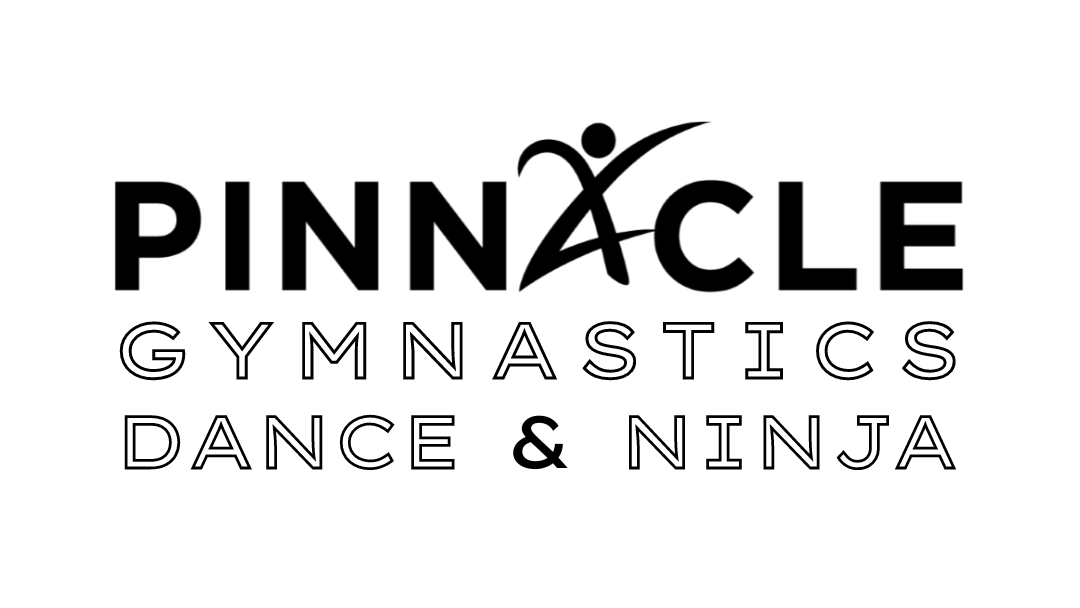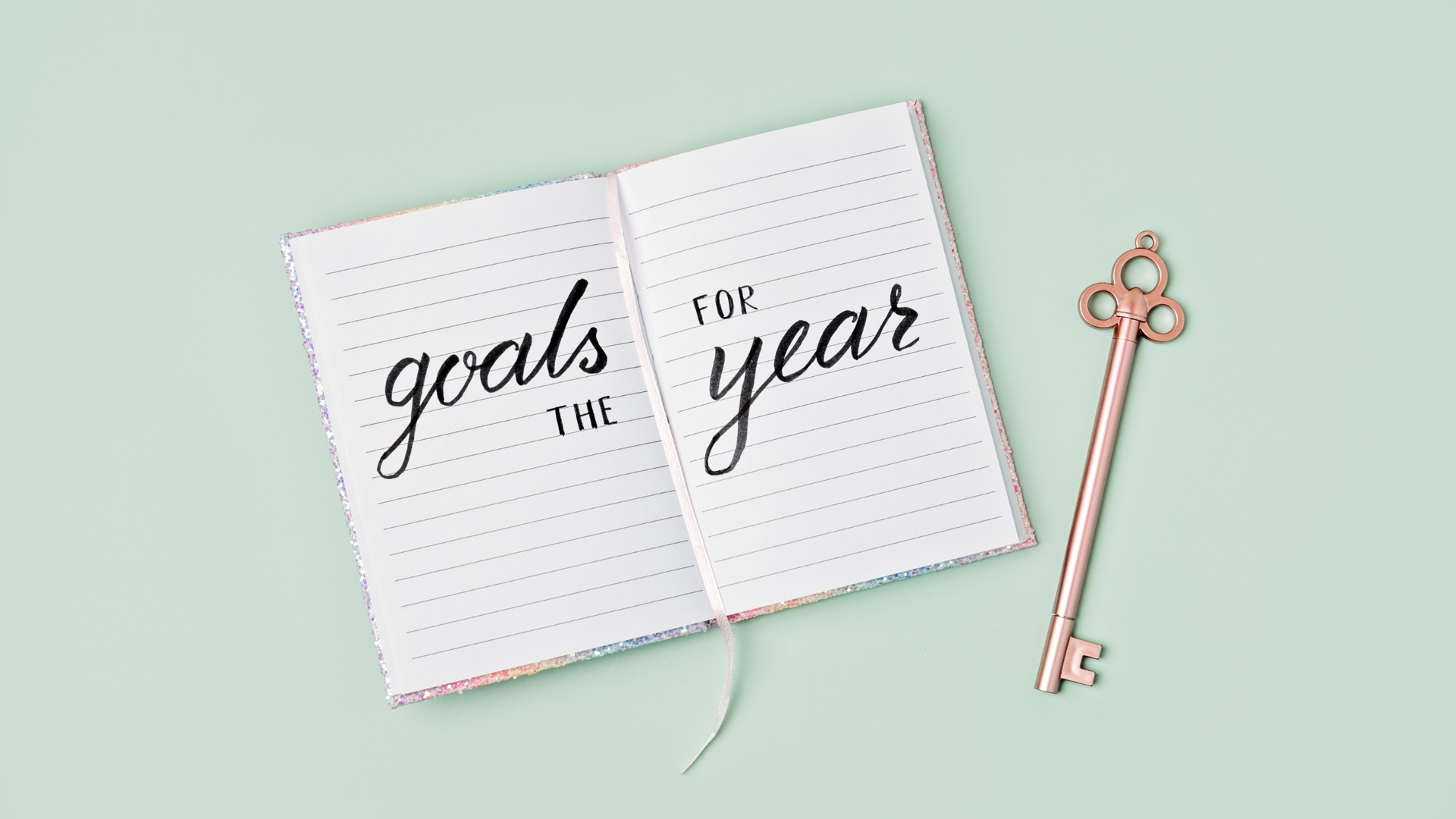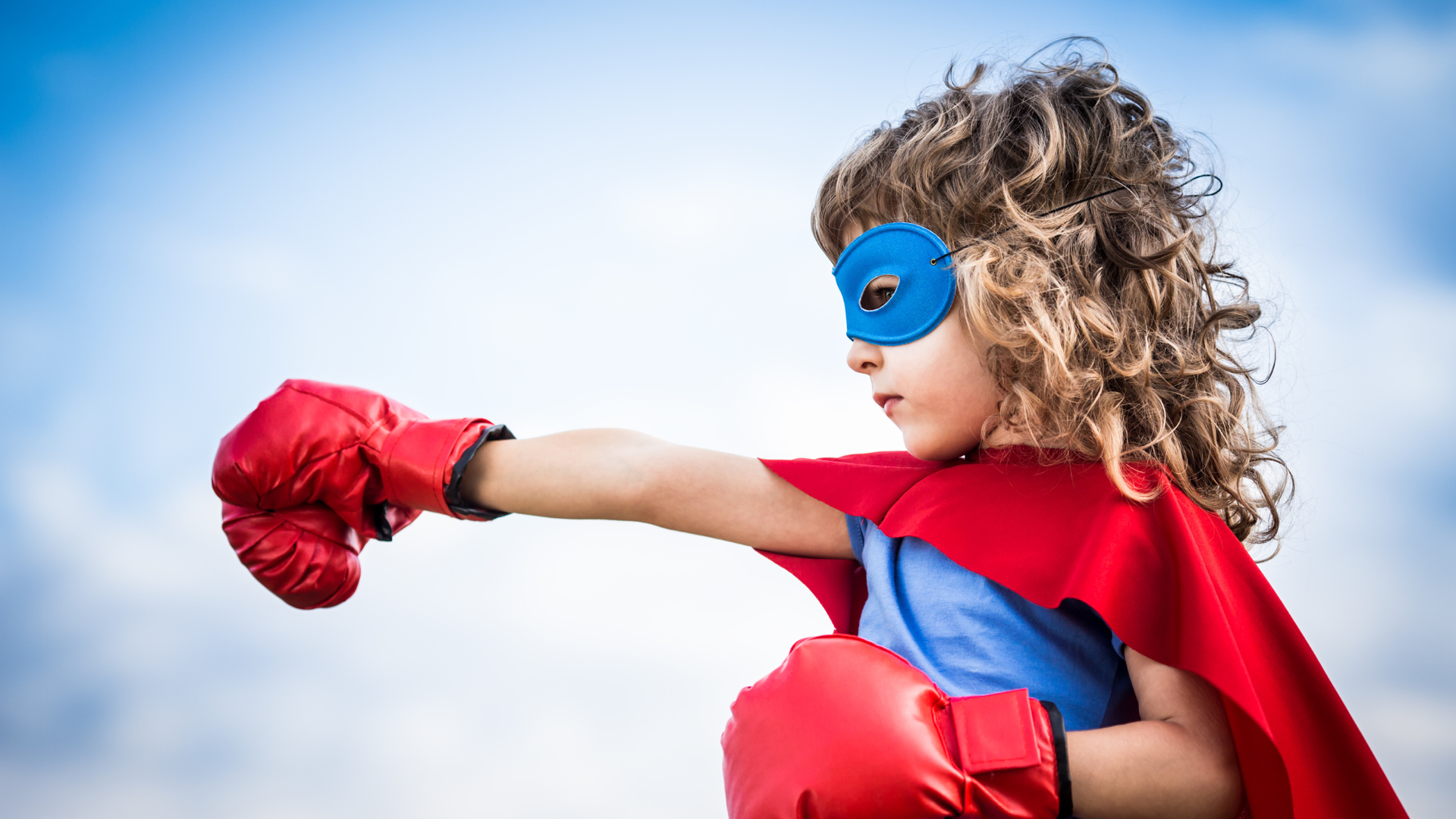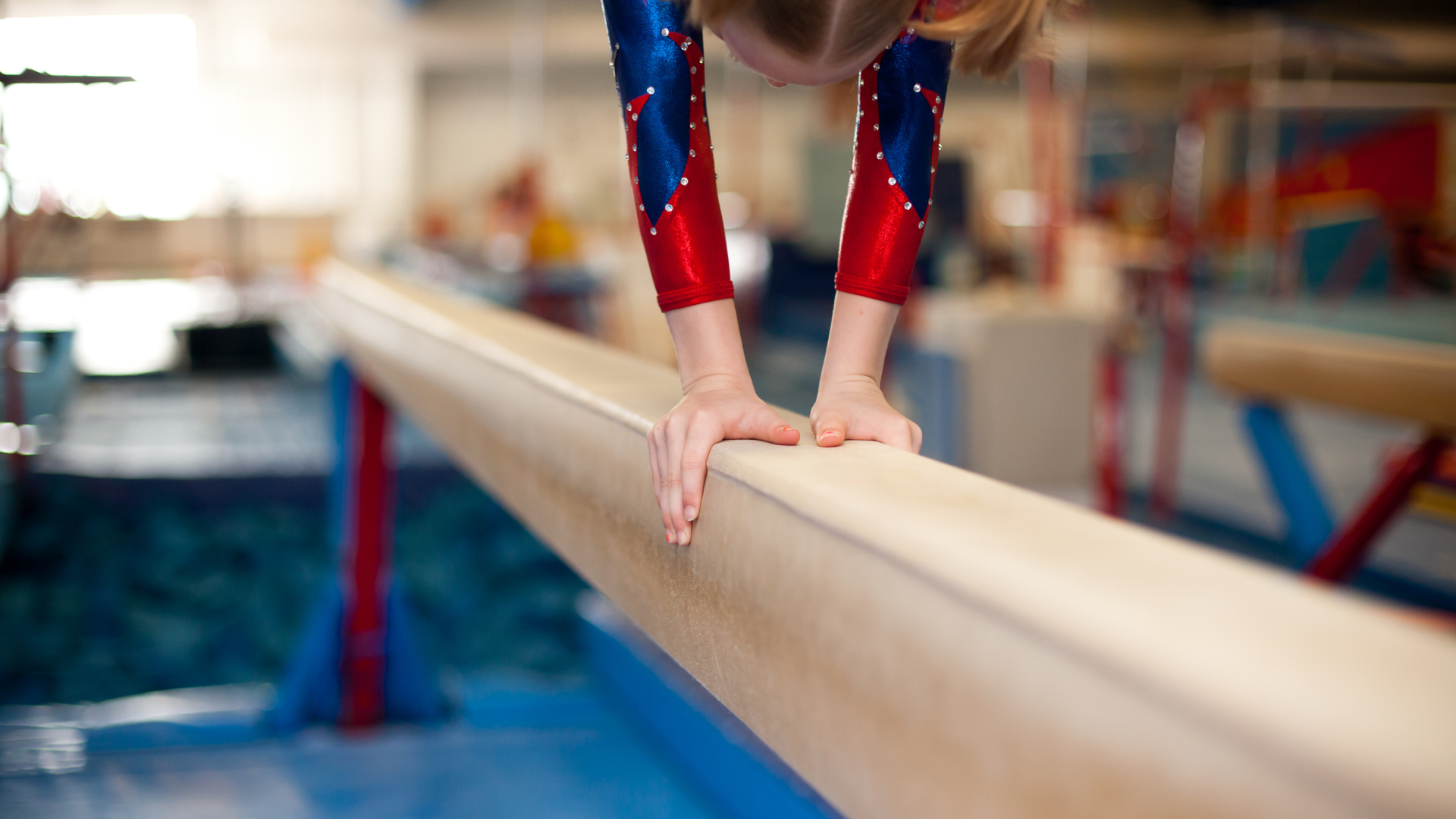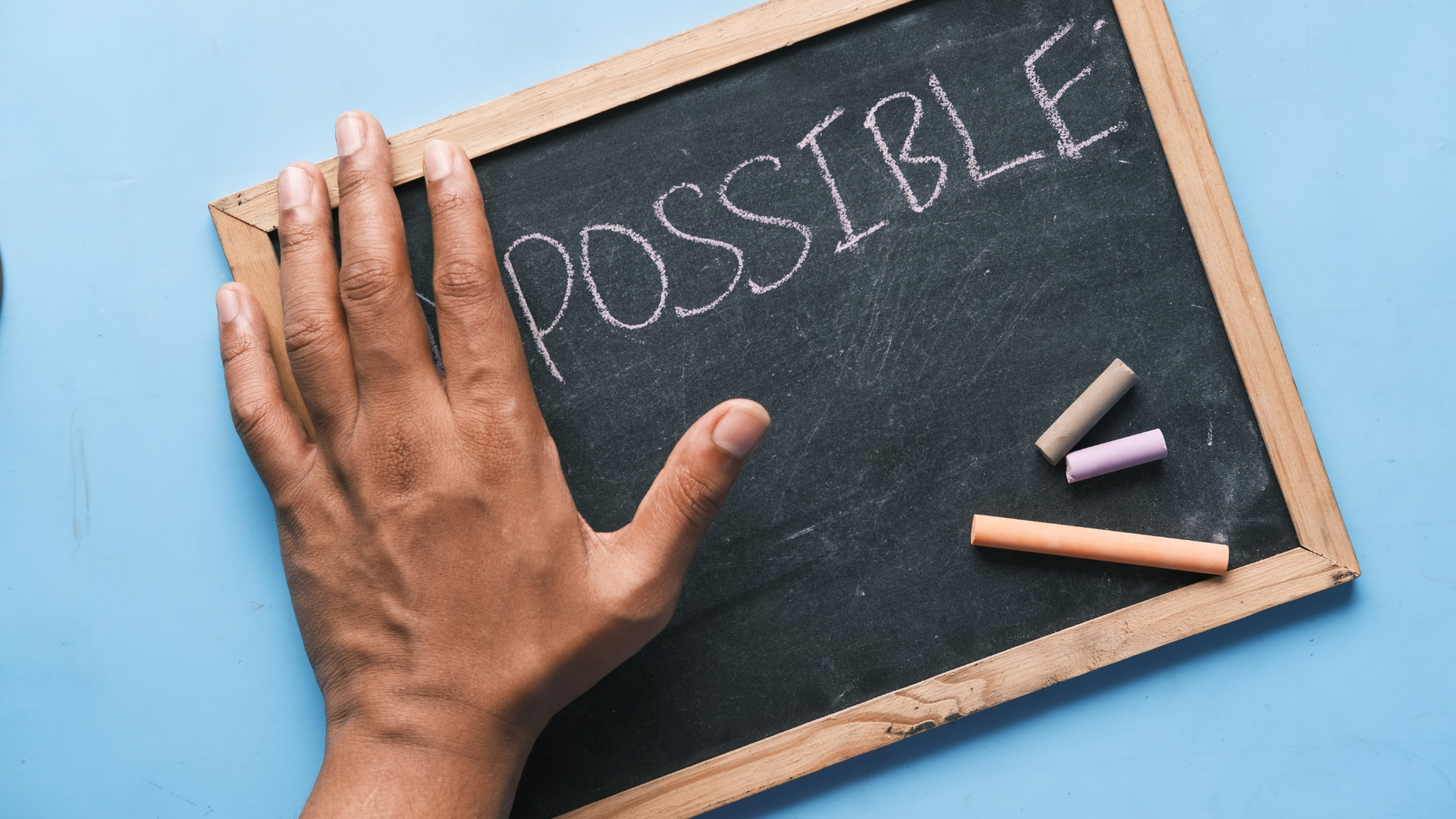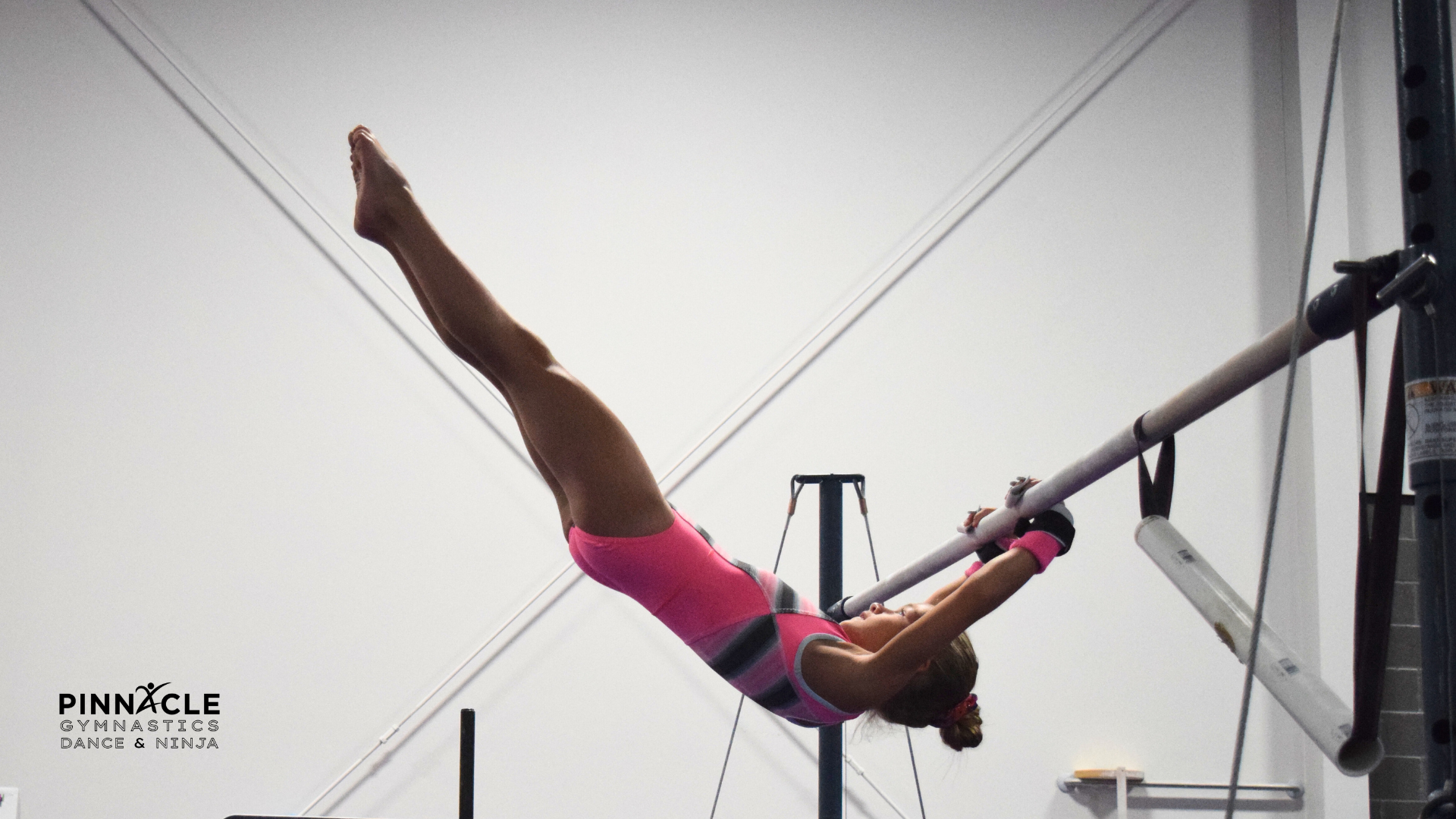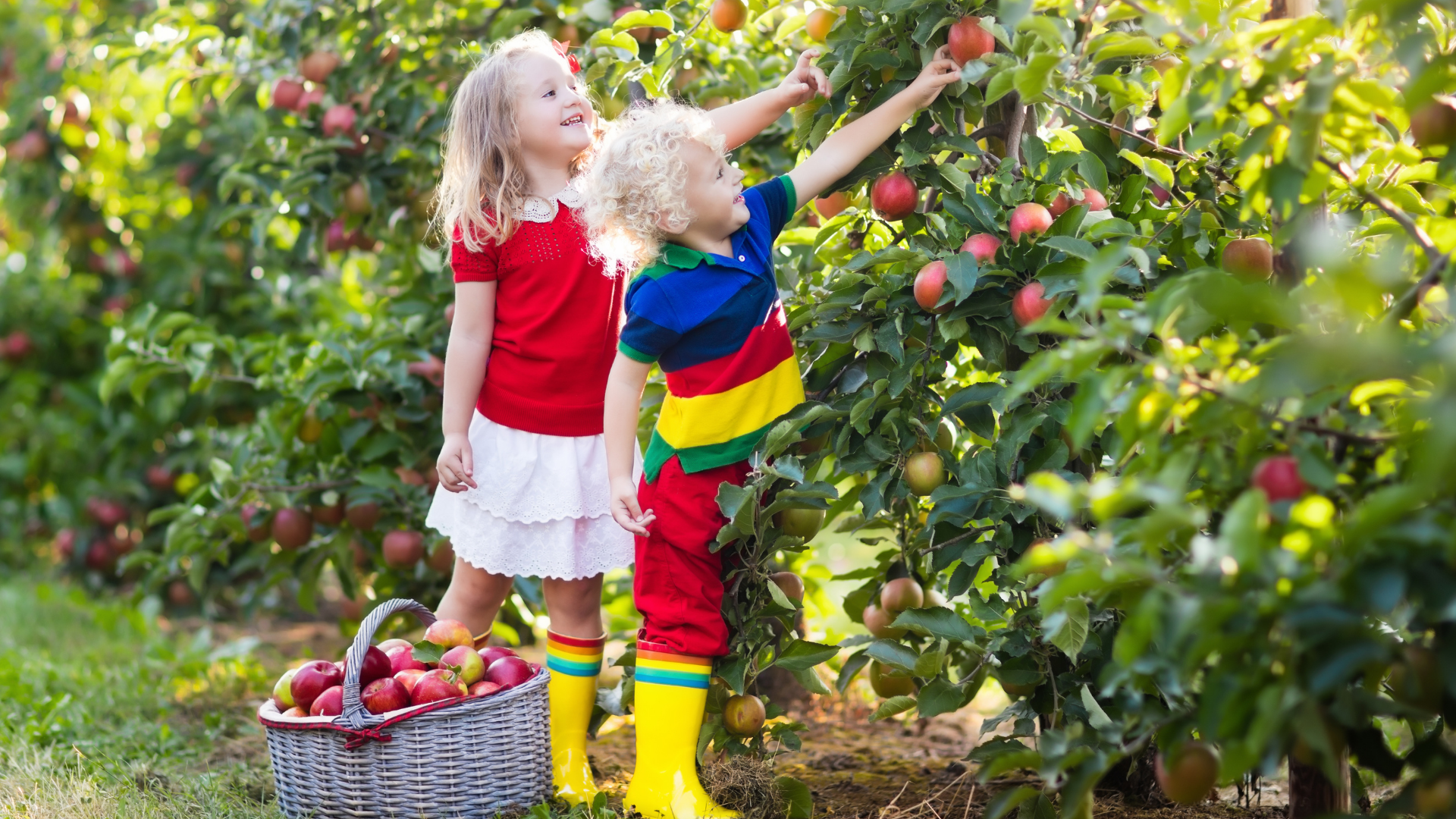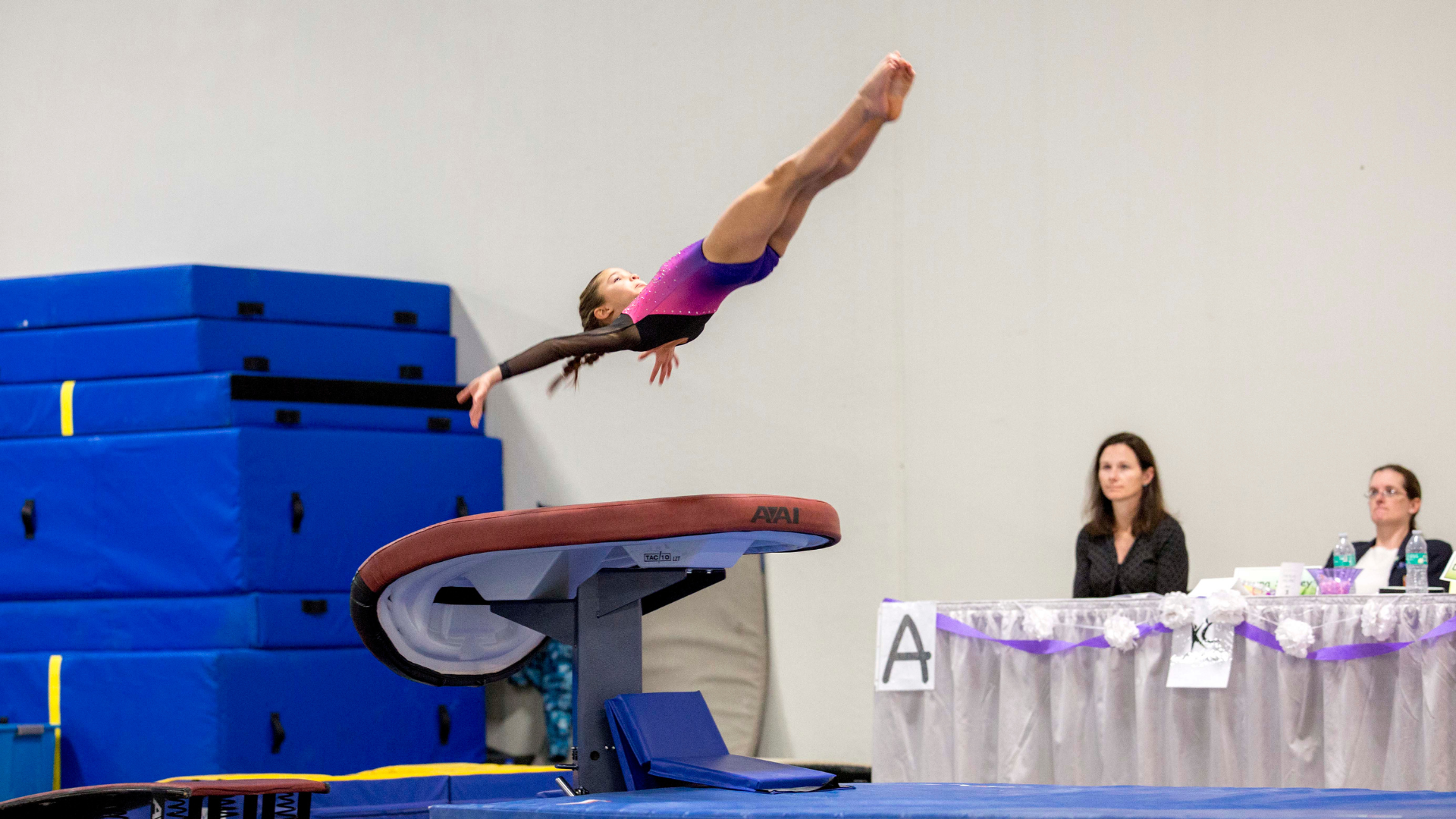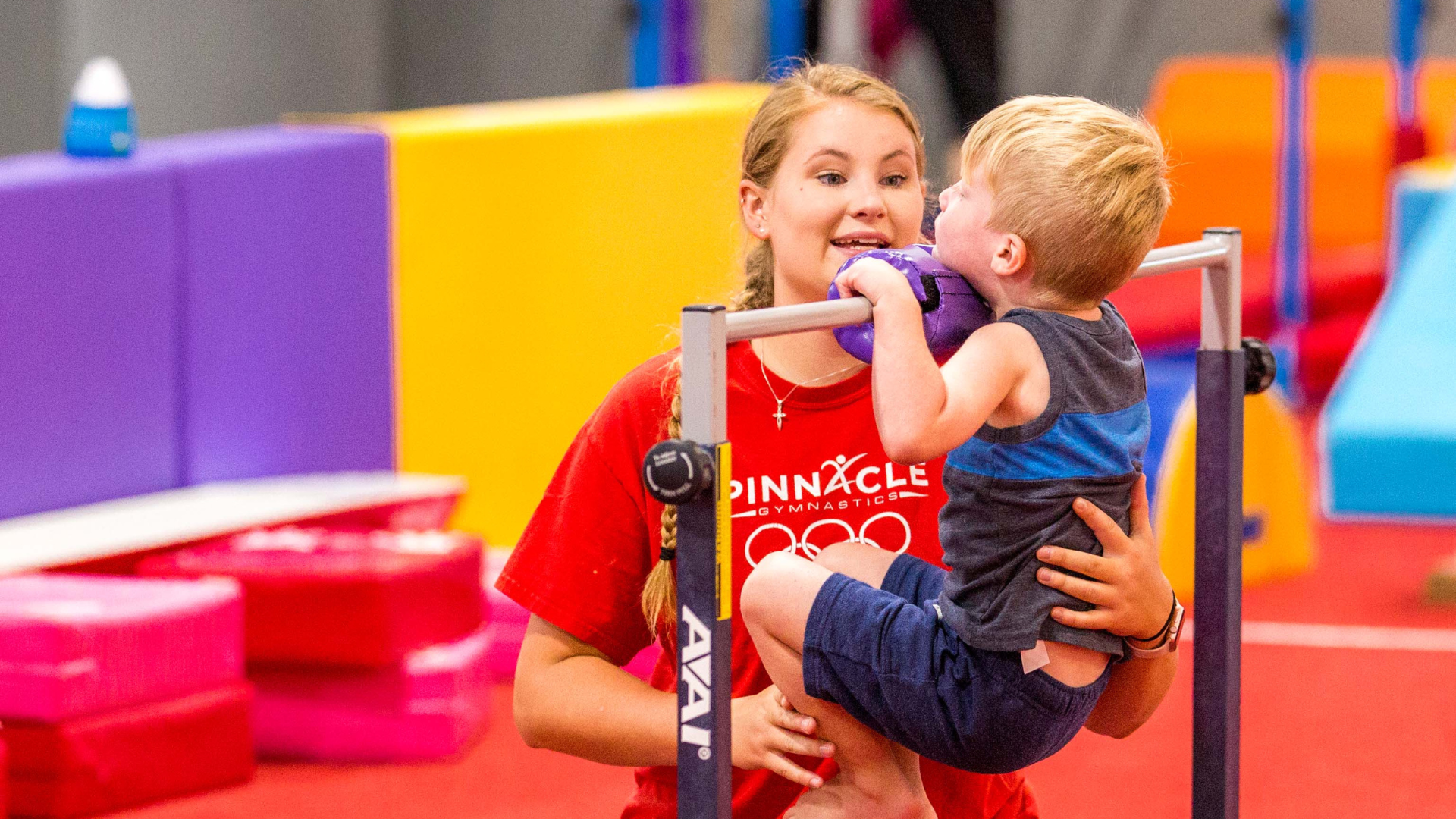5 Interesting Historical Facts About the Evolution of Gymnastics
Gymnastics is a popular sport today, with well over 5 million participants in the US alone, and that popularity shows no signs of decreasing. This is no doubt due, in part, to the fact that gymnastics has been around for well over 2000 years. The historical evolution of this sport is rich, spanning millennia, location, and culture. Here are five interesting historical facts you probably didn’t know about the evolution of gymnastics.
#1 It started long before Ancient Greece
The earliest evidence of gymnastics goes back as far as 5,000 B.C.E. to Ancient Egypt. Women performed acrobatics for Pharaohs, and partner stunts and backbend variations show up in hieroglyphs and frescoes. There is evidence of gymnastics from this point forward, stretching from the Mediterranean to the Middle East and Far East Asia.
#2 It was considered an important part of education
In many corners of the ancient world, gymnastics was considered part of a holistic mindset, where focus on physical, mental, and spiritual areas were considered equally important. Greece, in particular, held contests of physical dexterity in honor of the gods and heroes, including “running, jumping, swimming, throwing, wrestling, and weightlifting”. These contests took place in “gymnasiums” - open-air areas - that were likewise used by teachers of philosophy, medicine, and other disciplines. Men, women, and children were encouraged to participate in training and contests, and gymnastics was incredibly popular throughout the ancient world.
#3 It was used during ancient times to prepare for war
There is some debate as to whether the use of gymnastics to train armies began in Athens & Sparta, or whether it was the result of Roman invasions. The confusion may stem from the fact that ancient gymnastics more closely resembled other types of modern physical training (such as weight training) than the gymnastics we know today. It is generally agreed upon, however, that gymnastics was widely used in training of soldiers, and this helped spread the sport to places like Africa and England. Either way, ancient warriors used this training to great effect, and is likely a factor in the spread of both Greece and Rome as empires.
#4 The next major leap forward didn’t happen until the 1800s
After the decline of Rome, gymnastics devolved from a major part of everyday life to mere entertainment. In 1774, however, German physician Friedrich Ludwig Jahn created new sets of exercises as for young men. His introduction as standard practice of the pommel horse, horizontal bar, parallel bar, balance beam, ladder, and vaulting horse, was adopted by the military and, by the early 1800s, was (once again) used to train soldiers. Popularity for this new “Modern Gymnastics” grew and, by the late 1800s, was popular enough to become one of the first sports to debut at the inaugural Olympics in 1896.
#5 Female participation comes back in the 20th century
Female participation in Olympics gymnastic competitions began in 1936. Before that, women had begun to practice non-competitive gymnastic exercises, and started forming their own competitive clubs as early as the 1920s. Since then, gymnastics have become more and more popular among girls and women, thanks in part to performances from Olympians such as Olga Korbut and Nadia Comaneci. Various differences between men’s and women’s gymnastics exist, but the sport has continued relatively unchanged since the 1800s.
Today, women and men alike participate in gymnastics around the world. Performances draw in children & adults of all ages. Not bad for a 2000 year old sport.
